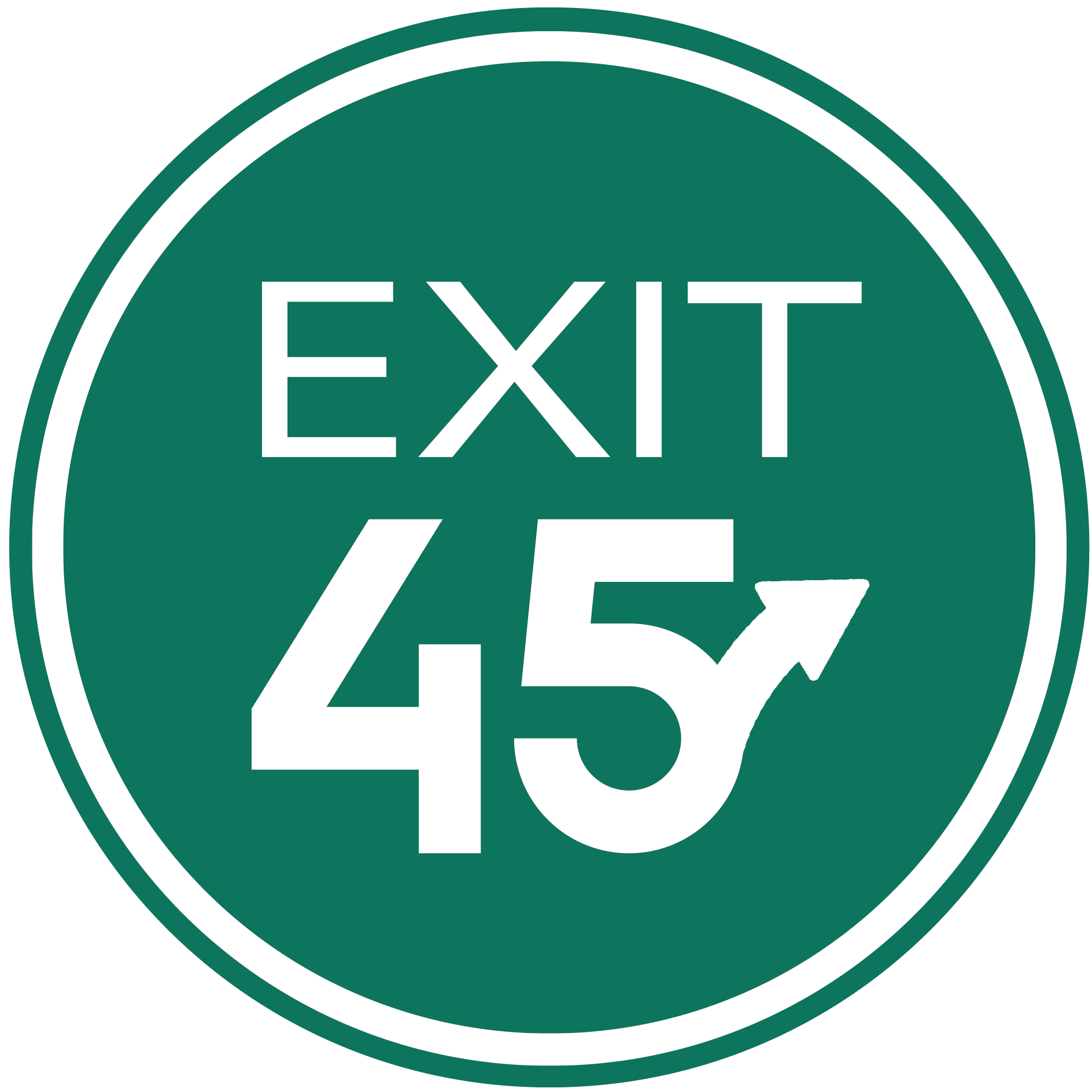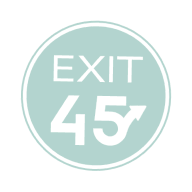Types of Buyers
In the last issue (#18), we discussed Nine Ways to Leave Your Business. This issue will cover the various Types of Buyers.
"The world has the habit of making room for the man whose actions show that he knows where he is going." Napoleon Hill
Types of Buyers
There are numerous possibilities for the types of buyers to whom a business could be sold. Your options are often limited by the nature of your business (the industry, the company’s size and profitability, the number of employees, whether you have family involved in the business, or whether you have co-owners).
Determining the type of buyer to whom you desire to sell your business is one of the first steps to planning your business exit.
Unless you have a partner or family member who you intend to transition the business to, most small businesses with valuations below $3,000,000 will be sold to a third party individual, although some might be sold to employees. Businesses with valuations between $3,000,000 and $5,000,000 have more options as they might be sold to wealthy individuals, larger companies or private equity groups (PEGs). Middle market businesses with a valuation of $5,000,000 or more typically are beyond the reach of wealthy individuals and are acquired by larger businesses for strategic reasons or by PEGs looking for significant returns on their investment. Another option for businesses with at least 15 employees is to structure an Employee Stock Ownership Plan (ESOP).
A closer look at the various types of buyers
Let’s take a closer look at the various types of buyers:
- Co-owners – If you own a business in conjunction with other shareholders, it’s a good idea to have a buy-sell agreement that details the expectations of what occurs when one of the owners desires to exit the business. The disadvantage to selling to a co-owner is you may not receive full market value and you may not “cash-out” immediately; instead, you may be likely to carry a note that pays you over several to many years. Because of the level of trust with your co-owners, sometimes the need to involve professional advisors in completing a transaction is overlooked. That’s a huge mistake. Horror stories abound! Always utilize professional advisors; they can provide necessary objectivity as well as the required expertise.
- Family members – Similar to co-owners, ownership transfers to family members frequently occur at less than fair market value and retiring owners often find themselves financing a major portion of the transaction. If you intend to carry a note from your family member, you need to have confidence that the relative assuming control of the business is capable of maintaining the same level of success you have achieved, otherwise you may never see your funds. Transitioning the business to family members is fraught with perils and should be viewed … not as an event … but as a process requiring consultation with professional advisors with family succession planning experience.
- Employees – A key employee (or employees) capable of buying and running the business can be a viable option. If the employee can handle a cash investment of about 25% of the purchase price, a transaction might be able to be financed through a Small Business Administration (SBA) lender, allowing you to “cash out.” However, in many instances, employees do not have the liquidity to invest in a business acquisition. As a result, you may have to finance a substantial portion of the acquisition and run the risk of failure to collect on your note if the business struggles. Failure to negotiate a successful transaction with an employee (and it is never easy) can result in the employee departing from your company or a confidentiality breach of your intentions, both of which can have a significant detrimental effect on the value of the business. Unless you have a high confidence level in your ability to conclude a successful negotiation with an employee, the risks may outweigh the rewards. And don’t go it alone – get your professional advisors involved.
Employee Stock Ownership Plan (ESOP) – Although there are no specific size requirements as to employees or revenues, many advisors suggest $5,000,000 in sales and 50 employees as the minimum size to be able to sustain the costs of an ESOP. However, other advisors suggest ESOPs might work for companies with as few as 15 employees. If you have a strong management team, the company is profitable with a positive outlook, you are interested in a gradual exit from your business and you have more than 15 employees, consider looking into an ESOP. The complexities are far beyond the scope of this newsletter but it is an option of which you should be aware. To learn more, talk with professional advisors specializing in ESOPs.
Individual Buyers – Most small businesses (valuations below $3,000,000) that are saleable (and are not sold to co-owners or employees) will be sold to individual buyers. Our next newsletter, Issue #20 – About Individual Buyers, is dedicated to providing more information about individual buyers.
Customers, Suppliers or Competitors – Many owners think their customers, suppliers or competitors might be interested in acquiring their business. Issue #22 – Customers, Suppliers and Competitors as Buyer Prospects explains the very risky downside of exploring that approach to selling your business.
Determining the type of buyer to whom you desire to sell your business is one of the first steps to planning your business exit. To achieve your goals, planning at least three to five years in advance is recommended, but it is never too early to start.
Because of numerous perils beyond the scope of our newsletter series, such as the potential for family disputes, gift tax laws, etc., if you are considering transitioning the business to a family member, even five years of advance planning may be insufficient to maximize your goals.
"A goal properly set is halfway reached." Zig Ziglar
Overcome the Power of Inertia
Overcome the Power of Inertia and call a business broker for a free consultation. Many brokers offer no-charge, no-obligation evaluations of small businesses. They can provide a broker opinion of value and help you identify obstacles to a successful sale as well as opportunities for improvement to increase the value of your business. That is a great way to start planning for a successful and profitable exit from your business.

